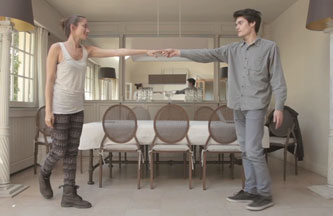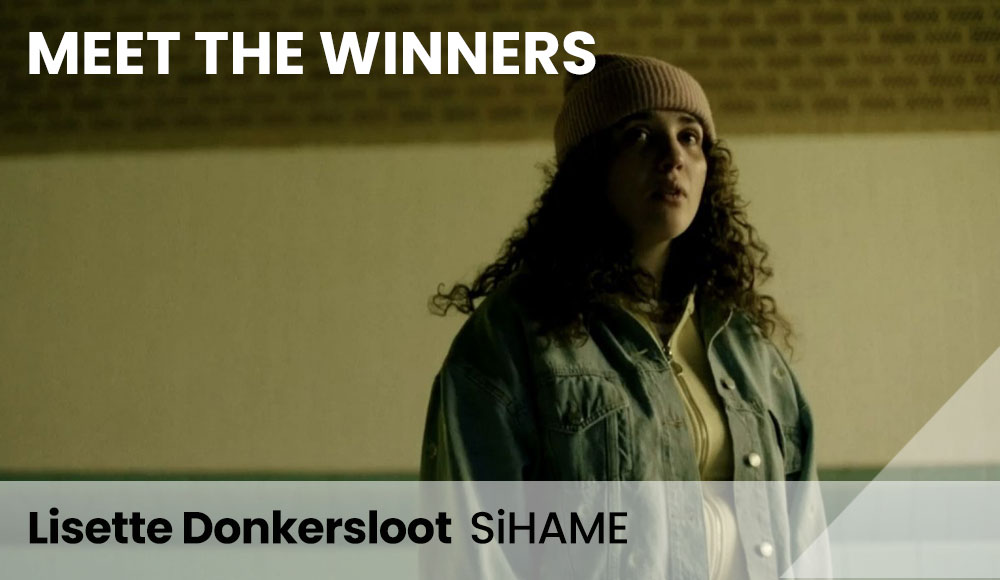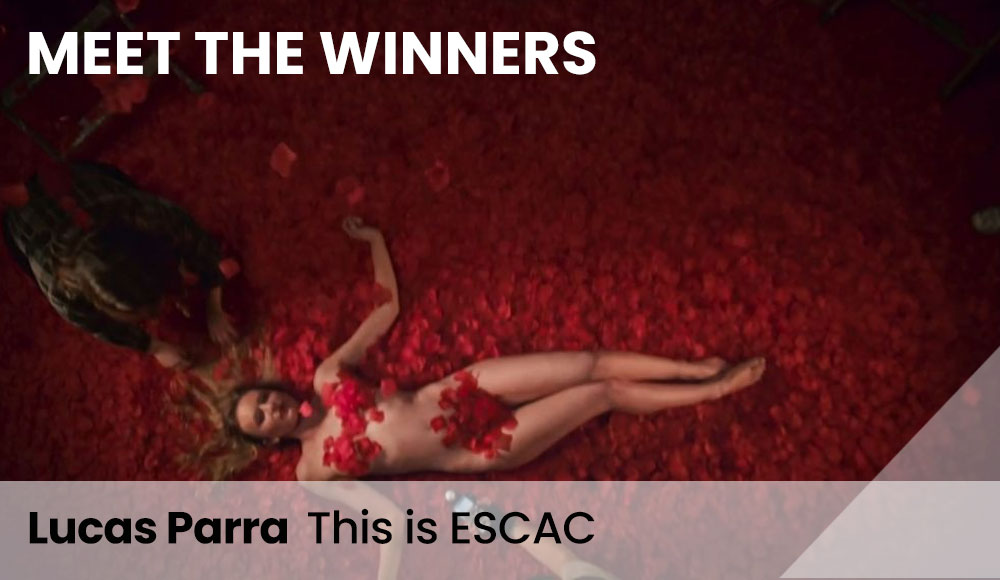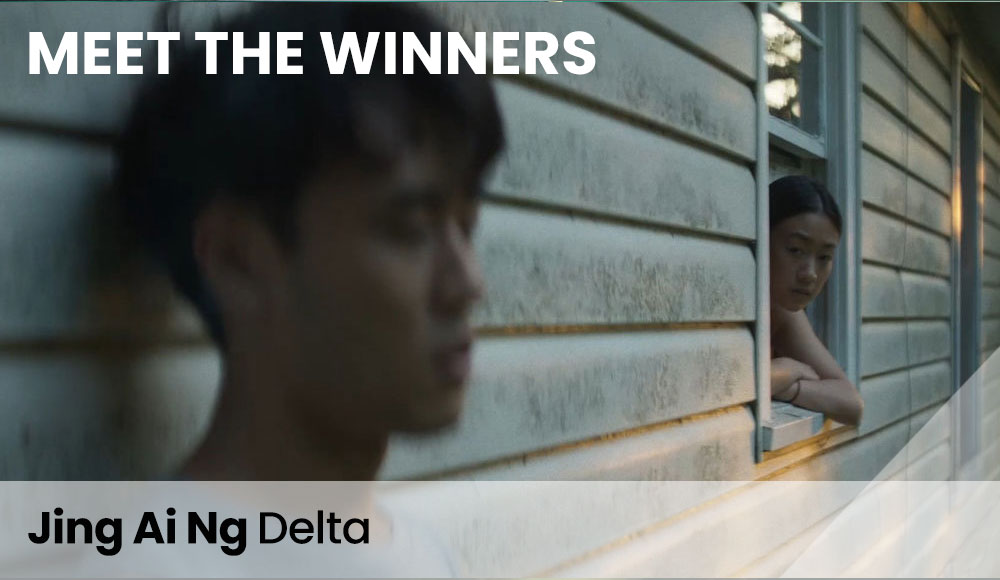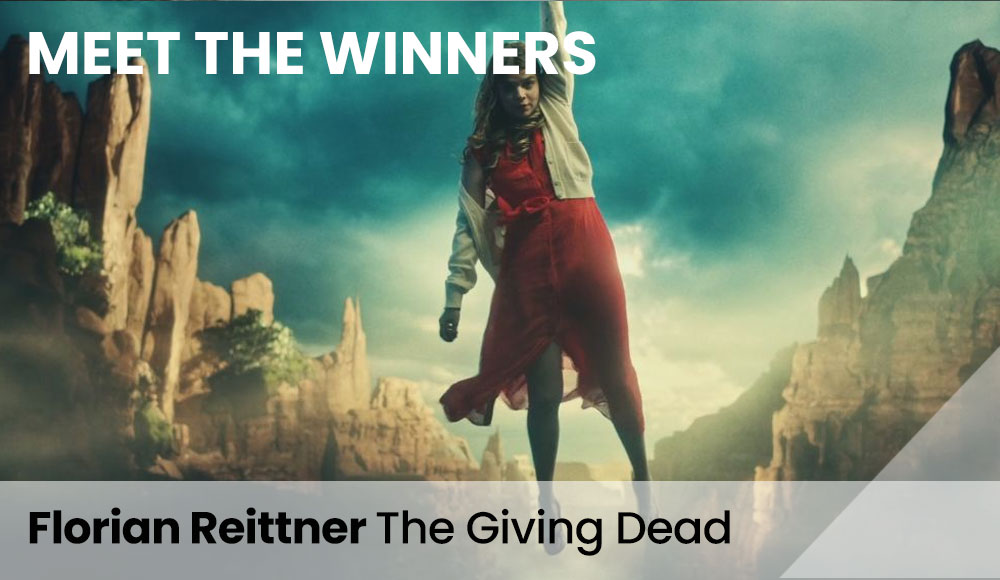Parisian-based Parachutes is a group of four graphic designers, all just graduated from ESAG-Penninghen. Here we talk with one of the members, Yann Pineill, whose clever graduation film, Symmetry, tells a different tale both backwards and forwards, while another film Beauty of Mathematics is a collaboration with fellow Parachutes colleague, Nicolas Lefaucheux.
Let’s start at the beginning. Symmetry is your graduate project from the Parisian graphic design school ESAG Penninghen and yet instead of graphic design you’ve created a really cool sophisticated film. Was there a brief? And how did your idea for Symmetry develop and evolve?
We don’t have any brief for our graduate projects, we just choose a theme and get on with it. I had no theme idea, so I looked at all the work I produced, and noticed that I was quite fond of symmetry, both as a theme and a way to compose images. I also realized that my favorite directors used a lot of symmetry both in concept and compositions (S. Kubrick, P.T. Anderson, Wes Anderson…)
So I chose symmetry and did a lot of research — it is a very vast subject since it can be related to any domain : composition, architecture, science, mathematics, color, music… even society and human relationships…
A film quickly imposed itself as the best way to speak about all those symmetries in one place.
You say it’s a palindromic film – please explain further…
A palindrome is a word that stays the same when the letters are read backwards — like KAYAK or LEVEL. It’s basically a symmetrical word. When I started to explore symmetry in actions and movements, I had the idea of a film that could be played backwards as well as forwards, just like a palindrome.
What were the complications of getting the symmetry of the forward and backward story? Love the way how the sunlit room moves from morning to night but is the same footage reversed.
The second part of the film is a strict rewinding of the first part. But I didn’t want it to give the impression of a rewinding, I wanted it to be the following of the first part. So I had to think everything in a way that would not only work backwards, but that would say something new.
There’s a sort of symmetry that is called “chiral”: it’s when two things are the mirror of each other (your hands, for example: they’re the same, but they’re not superimposable). In chemistry, chiral molecules are composed exactly with the same elements, but they are organized symmetrically to one another. And those molecules have completely different roles, even if they have the same rough formula.
I thought about everything like that in my film. Same footage, same sound, but different perceptions when mirrored and played in reverse. To achieve that of course, I had to think everything in a kind of “common ground” between the two feelings I wanted the viewer to perceive, so for example, lights at dawn have to look like lights at sunset, facial expressions have to endorse multiple feelings so the spectator can instinctively chose the one that fits the moment the best.
How tricky was the actual shoot? And what did you shoot it on? Were there any particular references or influences you used for the way you shot it?
The most tricky part was probably to manage to give different feelings to the spectator backwards and forwards, through the acting and the editing for example, “The Koulechov effect” helped me to do that.
It’s an experience by Lev Koulechov that shows that you can give, with the editing, any feeling you want to an actor with a neutral face. He edits the same footage of a neutral man facing the camera, one time before a shot of a muffin so the man seems hungry, one time before a corpse in a casket so he seems sad, etc. Inspired by that technique, I always said to my actors for example “You have to look sad/angry” or “bored/intrigued”, and I trust the spectator to catch the one that’s appropriate, depending on the context and the editing.
In a more technical way, I was alone on the shooting and had merely no experience in filmmaking. My actor Edouard Sanville lent me his Canon 5D, and we always shot the scenes backwards and forwards so that I could select the best ones. So there are actually a lot of reverse scenes in the first part. I also had a lot of storyboard sketches and had filmed myself doing all the actions to be sure that the movements wouldn’t look too weird backwards.
What are the key lessons you’ve learnt about film making so far?
I guess it’s a bit early for me to give lessons about film making, but I think the best thing I did in this project is all the research and preparation. I had three months for my graduation project and I think I didn’t start to shoot until half of the third month. It was kind of scary, but I’m glad I took my time to think the whole thing through before I started the production.
Are you working on a film project at the moment?
I’m currently working on a music video for friends that are starting a band called Spring. It’s already shot and I’m doing the post-production. I think it will refer a lot both to Symmetry and Beauty of Mathematics…

